 "Demon-Xanth knows how to operate a street." (demon-xanth)
"Demon-Xanth knows how to operate a street." (demon-xanth)
12/21/2014 at 15:14 • Filed to: None
 2
2
 10
10
 "Demon-Xanth knows how to operate a street." (demon-xanth)
"Demon-Xanth knows how to operate a street." (demon-xanth)
12/21/2014 at 15:14 • Filed to: None |  2 2
|  10 10 |
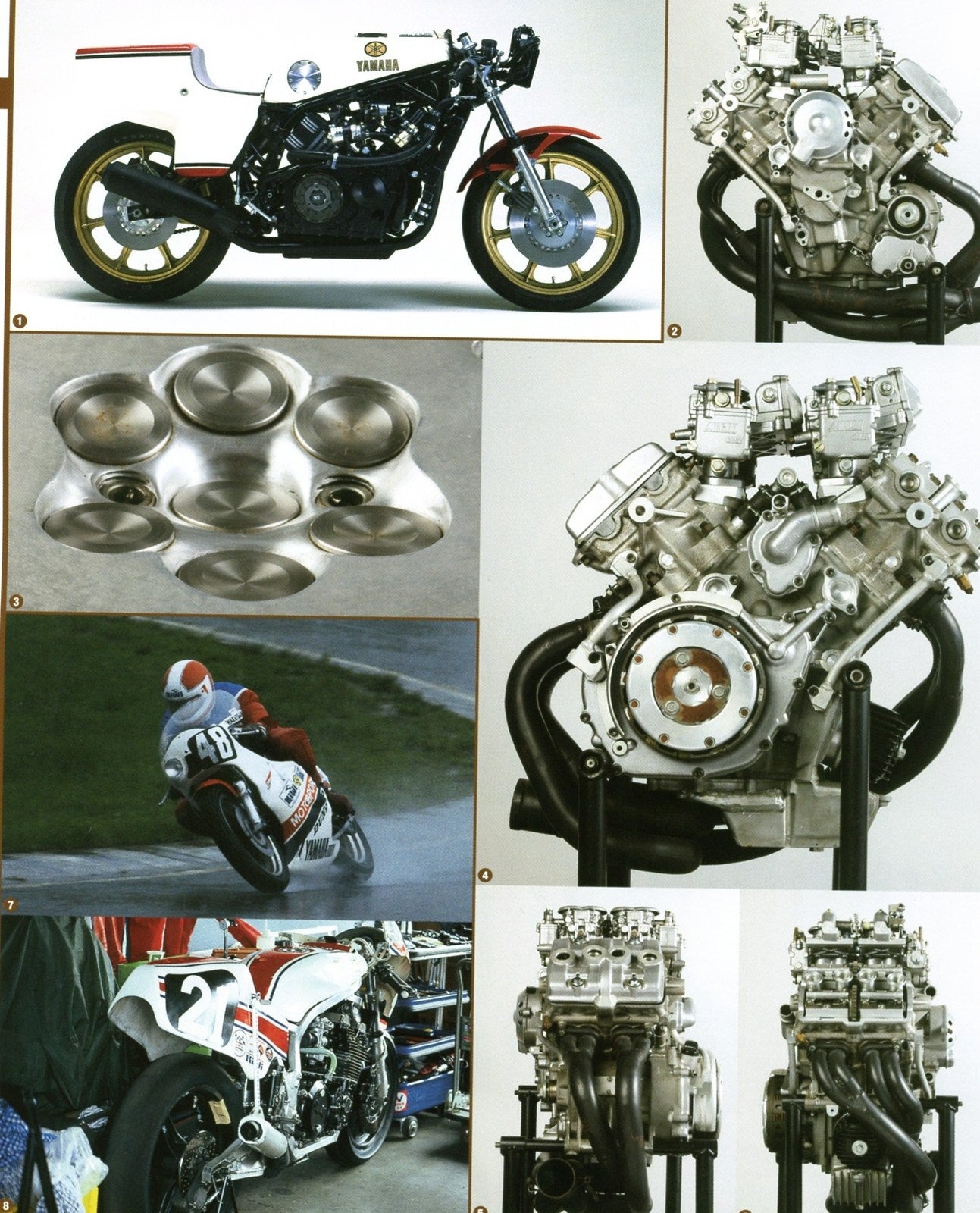
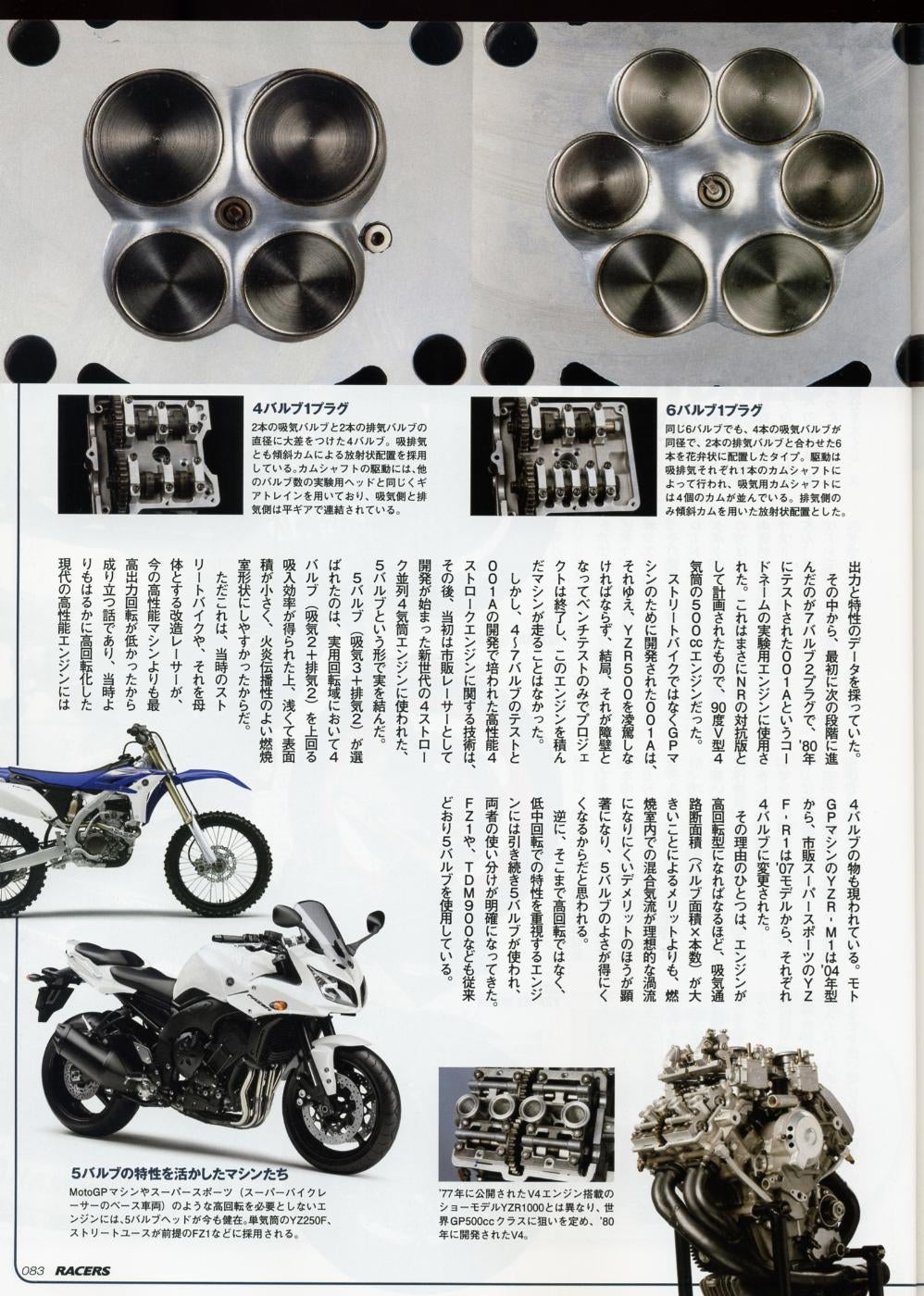
 Twingo Tamer - About to descend into project car hell.
> Demon-Xanth knows how to operate a street.
Twingo Tamer - About to descend into project car hell.
> Demon-Xanth knows how to operate a street.
12/21/2014 at 15:16 |
|
Does... does that have 7 valves for one cylinder?
 Clown Shoe Pilot
> Demon-Xanth knows how to operate a street.
Clown Shoe Pilot
> Demon-Xanth knows how to operate a street.
12/21/2014 at 15:17 |
|
7 valves and 2 spark plugs? Clearly, this is the devil's work.
 Jake - Has Bad Luck So You Don't Have To
> Demon-Xanth knows how to operate a street.
Jake - Has Bad Luck So You Don't Have To
> Demon-Xanth knows how to operate a street.
12/21/2014 at 15:24 |
|
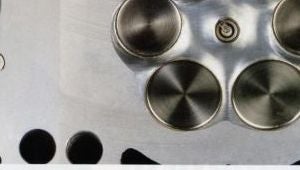
What.
 MultiplaOrgasms
> Demon-Xanth knows how to operate a street.
MultiplaOrgasms
> Demon-Xanth knows how to operate a street.
12/21/2014 at 16:19 |
|
Bruh.
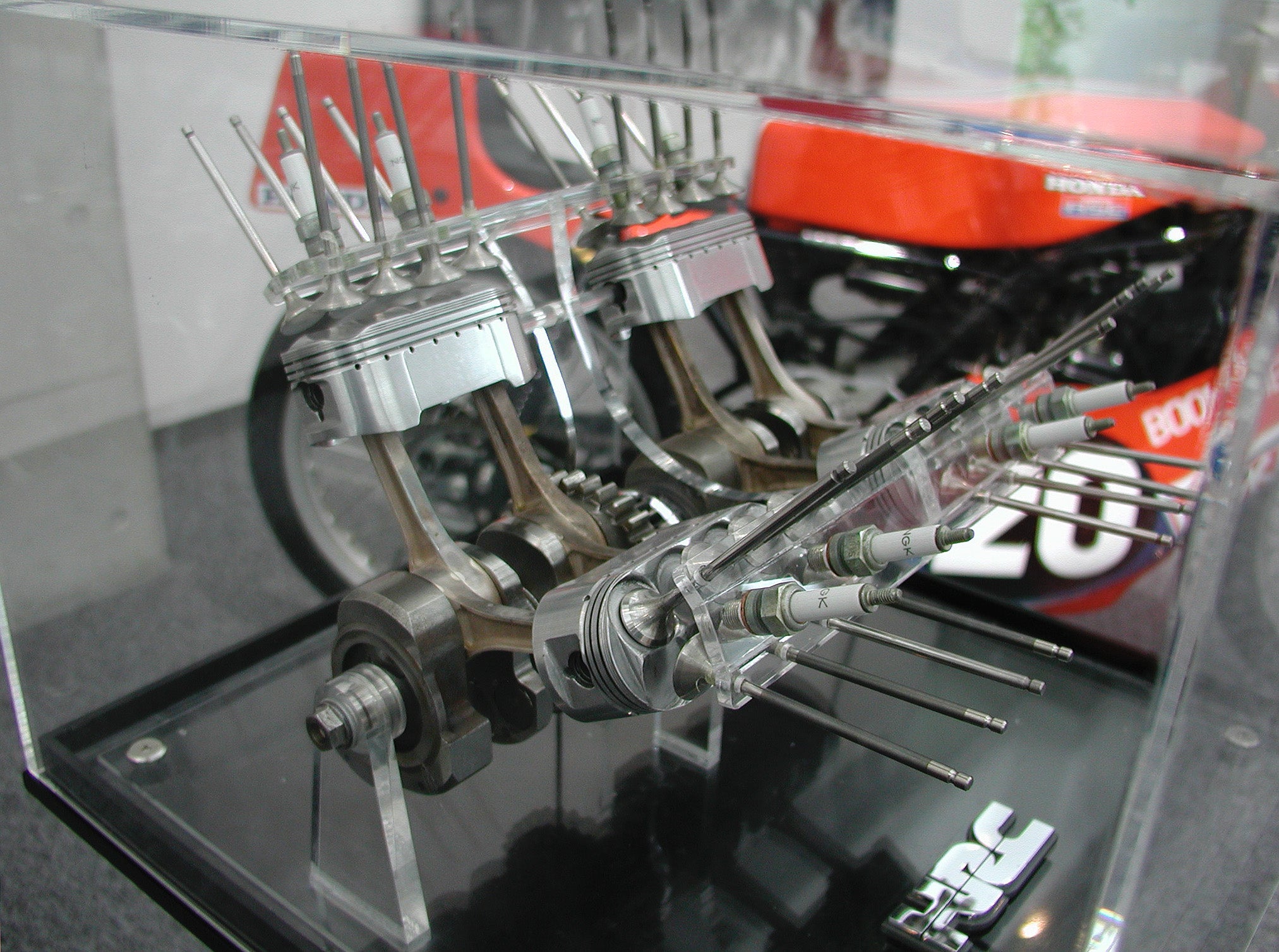
 Cé hé sin
> Twingo Tamer - About to descend into project car hell.
Cé hé sin
> Twingo Tamer - About to descend into project car hell.
12/21/2014 at 17:19 |
|
Yes, it was a prototype 28 valve V4. They abandoned it due to problems with the three exhaust valves.
 Twingo Tamer - About to descend into project car hell.
> Cé hé sin
Twingo Tamer - About to descend into project car hell.
> Cé hé sin
12/21/2014 at 17:21 |
|
I'm impressed they even attempted it. I wonder how much of an advantage upping the number of valves that much would have.
 DrScientist
> Demon-Xanth knows how to operate a street.
DrScientist
> Demon-Xanth knows how to operate a street.
12/21/2014 at 17:38 |
|
i'm no fluid dynamicist, but i assume the move from 2valves - 4 valves... and these 6 valve and 7 valve per cylinder are to increase volume in and out of the cylinder. my assumption is that the volume in/out is dependent on area of the valve head/seat within the cylinder head (?).
if that's the case, why not two large semi-circular valve heads?
if that's not the case, what am i missing? (i assume its a lot, but just the major points)
 Cé hé sin
> Twingo Tamer - About to descend into project car hell.
Cé hé sin
> Twingo Tamer - About to descend into project car hell.
12/21/2014 at 17:57 |
|
The theory is that the more valves you have the better the use you make of your cylinder head area - two big valves won't take up all of the available space but a lot of little ones will go nearer to it and so you can get more gases in and out in the time available. Five valve designs were used in production by Ferrari and VW but both gave upon them, finding that a process of diminishing returns had set in.
 Twingo Tamer - About to descend into project car hell.
> Cé hé sin
Twingo Tamer - About to descend into project car hell.
> Cé hé sin
12/21/2014 at 18:03 |
|
Interesting, it's not something I've ever thought about really. I imagine it's a very difficult set up to properly engineer and like you say the gains may not be worth the increased cost and complexity.
 Brickman
> Demon-Xanth knows how to operate a street.
Brickman
> Demon-Xanth knows how to operate a street.
12/21/2014 at 18:56 |
|
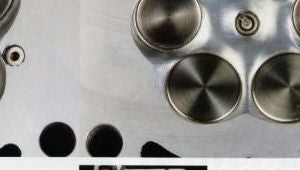
Ehhh could use more valves... /s :D